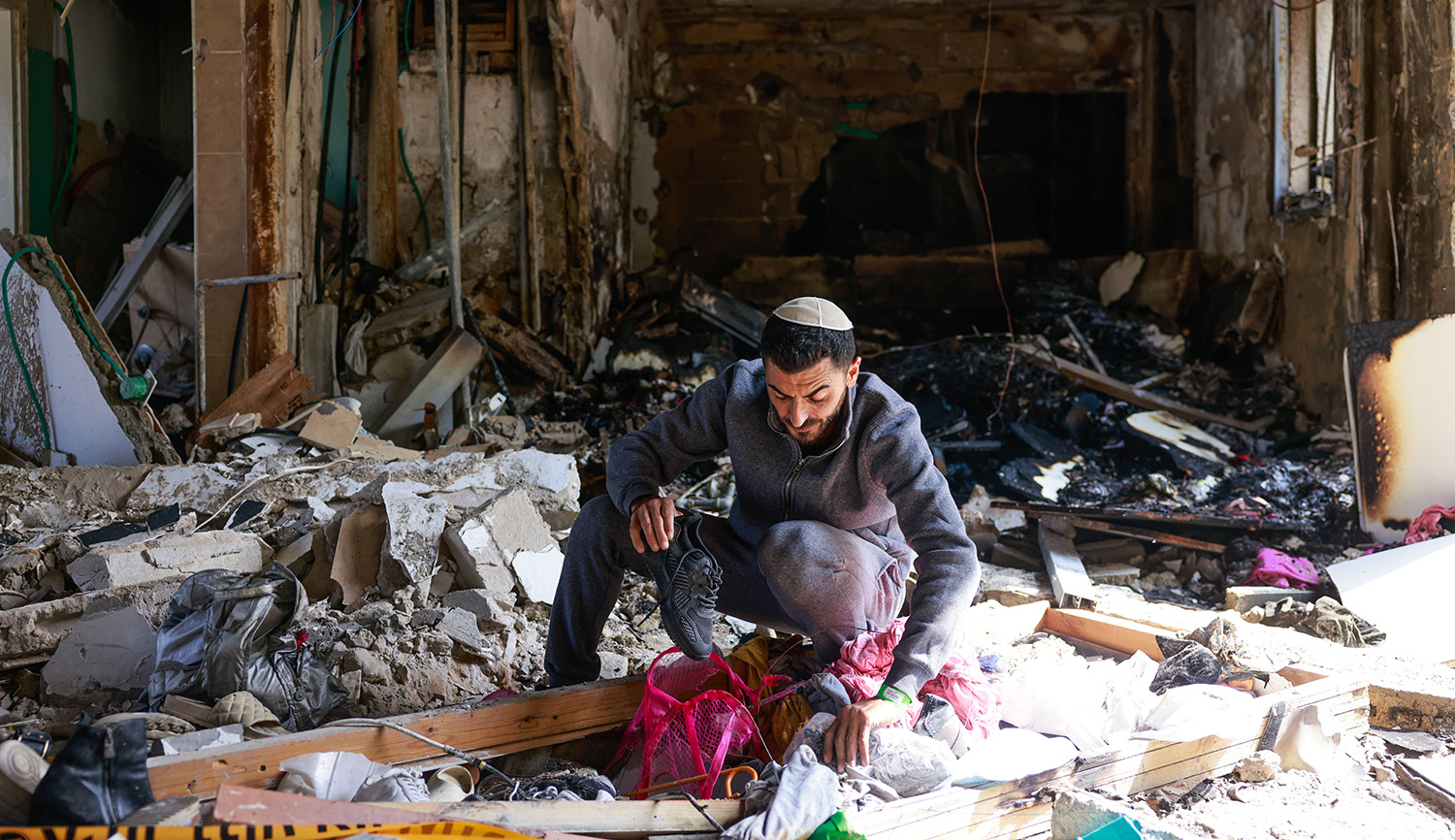While Germany had done more than most of the nations it conquered during World War II to ensure the return of plundered Jewish property, the story of Holocaust-era restitution in that country is hardly over. The tale of a 300-year-old violin, recently identified as having belonged to Felix Hildesheimer, makes this clear, writes Catherine Hickley:
No one knows why Felix Hildesheimer, a Jewish dealer in music supplies, purchased a precious violin built by the Cremonese master Giuseppe Guarneri at a shop in Stuttgart, Germany, in January 1938. His own store had lost its non-Jewish customers because of Nazi boycotts, and his two daughters fled the country shortly afterward. His grandsons say it’s possible that Hildesheimer was hoping he could sell the violin in Australia, where he and his wife, Helene, planned to build a new life with their younger daughter.
But the couple’s efforts to get an Australian visa failed and Hildesheimer killed himself in August 1939. More than 80 years later, his . . . violin—valued at around $185,000—is at the center of a dispute that is threatening to undermine Germany’s commitment to return objects looted by the Nazis.
The government’s Advisory Commission on the return of Nazi-looted cultural property determined in 2016 that the violin was almost certainly either sold by Hildesheimer under duress, or seized by the Nazis after his death. In its first case concerning a musical instrument, the panel recommended that the current holder, the Franz Hofmann and Sophie Hagemann Foundation, a music education organization, should pay the dealer’s grandsons compensation of 100,000 euros, around $121,000; in return, the foundation could keep the instrument, which it planned to lend to talented violin students.
But the foundation is refusing to pay.
More about: Germany, Holocaust, Holocaust restitution, Music


